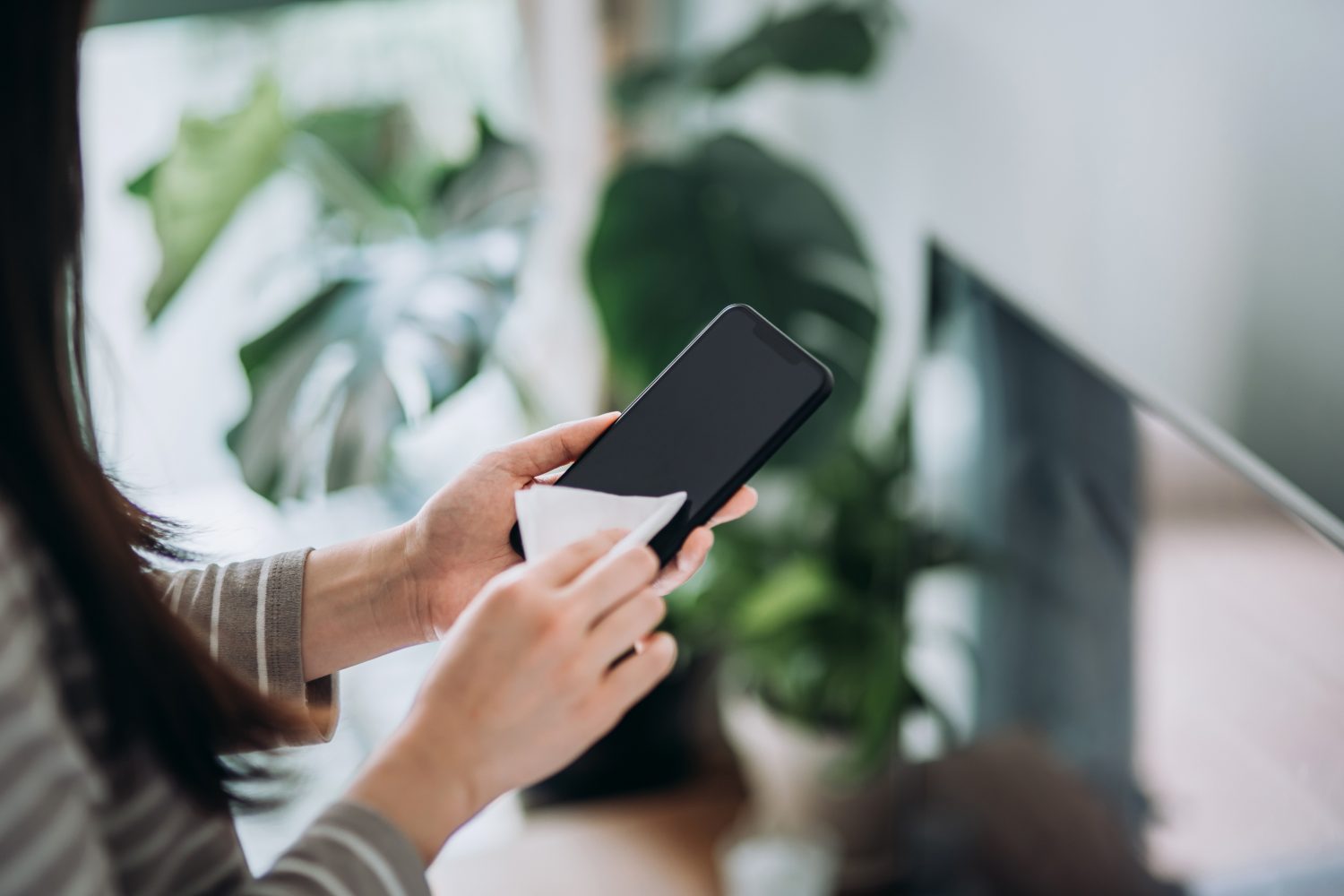Chilean scientists check that if the cell phone is “infected” with the virus, so does the owner

Investigation Led by the Faculty of Medicine of the University of Chile and the Institute of Ophthalmology in University College London He is the first in the world to show it A PCR procedure for covid on a cell phone screen gives the same result as a nasopharyngeal sample of its owner.
method, named phone screen test, “It approaches the results of the PCR test for nasopharyngeal samples by more than 90%, and this is in the case of a low viral load in a person, which is very good and indicates that it can be configured in a non-invasive diagnostic method, and also an alternative to the antigen test, which is less sensitiveDr. Louis Quinones confirms.
Specialist, Deputy Director of the Department of Basic Clinical Oncology (DOBC) at the University of Chile Medical School, Reinforced the transformation of her laboratory in May 2020 to contribute to the diagnostic analysis of samples from people suspected of having SARS CoV-2. This unit was subsequently awarded to the ANID Project in order to create a tool to predict the risk of each patient against this infection.
In this context, they were approached by Dr. Rodrigo Young, Chilean biochemist, academic at the Institute of Ophthalmology at University College London and co-founder, as well as Diagnosis Biotech, recently established in our country. “His interest was to do a study of how surfaces could be contaminated with this virus because inside these surfaces there are some very personal ones, like cell phones and computers. In fact, the most special thing is the cell phone, because it receives the exhalation when we speak and digital communication when we touch the screen when typing or using an application. So, we started a file Research on the relationship between contamination of these surfaces and individual infection; That is, to what extent this surface reflects a person’s viral load.”
The project was launched with the participation of Professor Nelson Varela, who also belongs to the DOBC of the University of Chile, Dr. Maria Alejandra Lavandros and PhD student in Biomedical Sciences Leslie Serpa, all members of the laboratory headed by Dr. Quiñones. , and one of two that this study house contributes to the National COVID Diagnostic Network, as well as researchers from the University of Santiago, the Davila Clinic and other organizations.
To do this, they collected an experimental set of 540 samples, including nasopharyngeal swabs and swabs from the participants’ smartphone screens. “Actually, it was my first sample. I contracted covid-19 in May 2020, fortunately, I had no symptoms. When we started the investigation, I did a PCR report and the result came back positive, so I went home for two weeks, And there we sampled my phone and my laptop.”The academic reminds to hand over his cell phone after he contracted the virus.
High sensitivity and privacy system
Samples from that experimental group were processed in their lab to determine if there was a relationship between a person’s positivity for the COVID sample and that of their cell phone, which was confirmed. Thus, the multidisciplinary team made a second batch of samples, 764 in total, in which validation protocols were tested through sensitivity and specificity analyses.
“The sensitivity is knowing the percentage of people who appear to be positive for the infection who also get samples collected on their mobile phones with the same result, and this number ranges between 81 and 100 percent. It is called, People with a high viral load had a 100 percent detection rate on their phone sample; Those with a lower viral load were less detectable on their cell phones: About 80 percent. On the other hand, the specificity analysis aims to find out whether the surface sample correctly detects negative cases, and this specificity was found to be about 98 percent,” he explained.
In this way, he adds, “This sorting method that Dr. Young S. called Mail – Abbreviation phone screen test-, Approaches PCR results for nasopharyngeal samples by more than 90 percent, this is in case a person has a low viral load, which is very good and indicates that it can be configured in Non-invasive diagnostic method التشخيص, and also an alternative to the antigen test, which is less sensitive. The only limitation of this research relates to smartphone penetration in various regions, but its availability in Chile is very high.”
This research was published as a preprint on June 23, 2021 in E-life, an open-access, peer-reviewed scientific journal dedicated to the life sciences and biomedicine.

“Award-winning zombie scholar. Music practitioner. Food expert. Troublemaker.”


/cloudfront-eu-central-1.images.arcpublishing.com/prisa/AHVYMMDSTZDTDBFNZ3LMFUOKNE.jpg)






